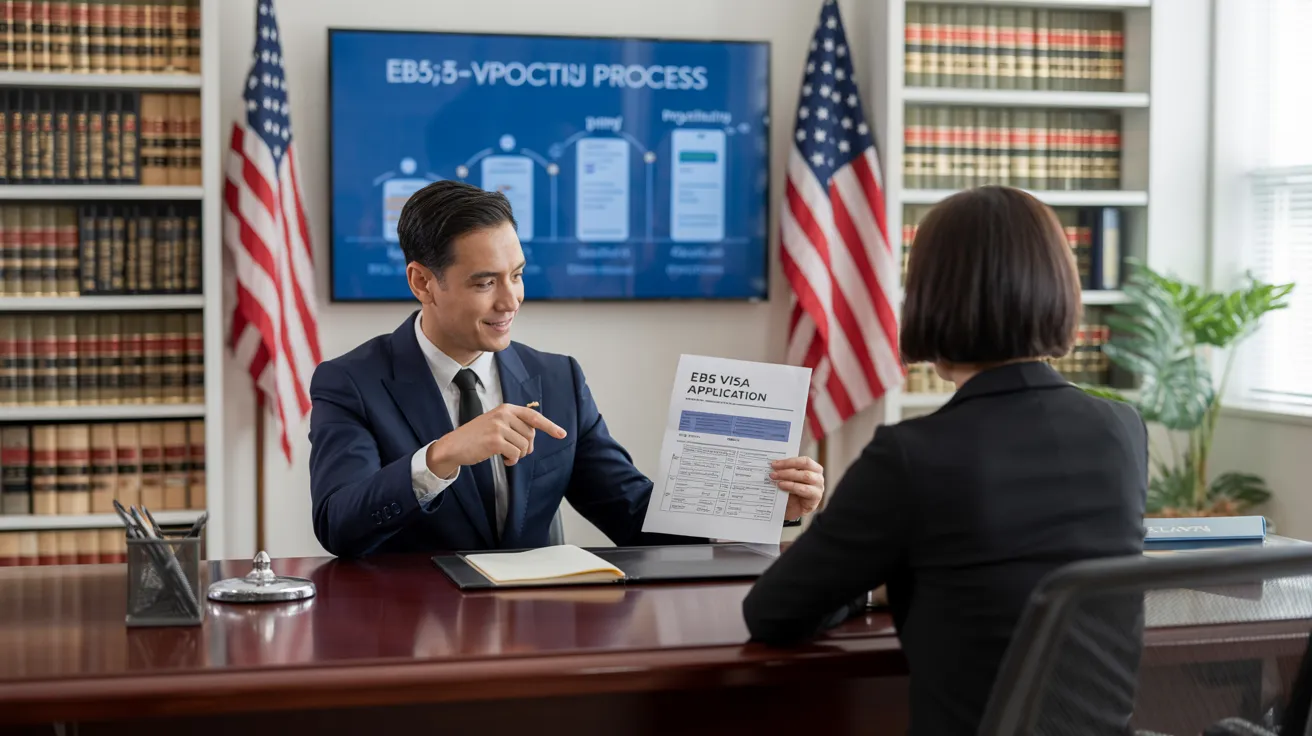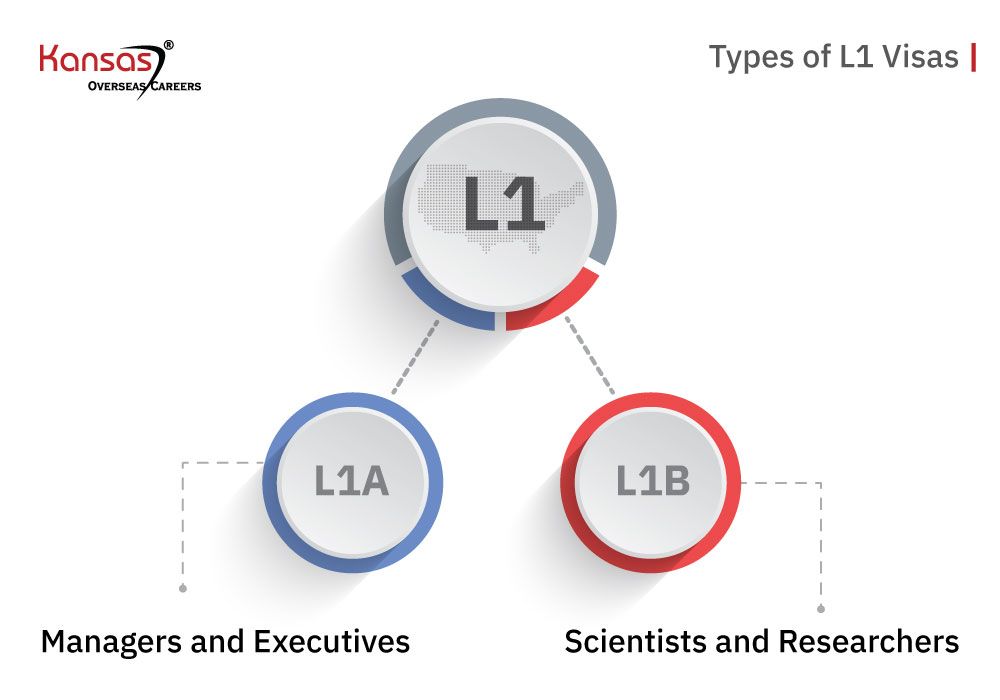The 30-Second Trick For L1 Visa
Table of ContentsL1 Visa Can Be Fun For EveryoneGet This Report on L1 VisaAn Unbiased View of L1 VisaFacts About L1 Visa RevealedTop Guidelines Of L1 VisaThe Ultimate Guide To L1 Visa
Readily Available from ProQuest Dissertations & Theses International; Social Science Premium Collection. (2074816399). (PDF). Congress. (PDF). DHS Workplace of the Assessor General. (PDF). (PDF). "Nonimmigrant Visa Stats". Recovered 2023-03-26. Department of Homeland Safety And Security Workplace of the Assessor General, "Review of Susceptabilities and Potential Abuses of the L-1 Visa Program," "A Mainframe-Size Visa Loophole".
U.S. Division of State. Retrieved 2023-02-08. Tamen, Joan Fleischer (August 10, 2013).
Things about L1 Visa
In order to be qualified for the L-1 visa, the international company abroad where the Recipient was used and the United state firm need to have a certifying connection at the time of the transfer. The various kinds of qualifying relationships are: 1.
Instance 1: Business A is incorporated in France and utilizes the Recipient. Company B is included in the united state and intends to seek the Recipient. Business A possesses 100% of the shares of Firm B.Company A is the Moms And Dad and Company B is a subsidiary. There is a qualifying connection in between the two business and Business B ought to be able to fund the Beneficiary.
Instance 2: Firm A is included in the U - L1 Visa.S. and intends to request the Beneficiary. Company B is included in Indonesia and uses the Beneficiary. Business An owns 40% of Business B. The continuing to be 60% is possessed and controlled by Company C, which has no relationship to Firm A.Since Firm A and B do not have a parent-subsidiary relationship, Business A can not sponsor the Recipient for L-1.
Instance 3: Business A is integrated in the united state and wants to petition the Beneficiary. Firm B is integrated in Indonesia and utilizes the Beneficiary. Firm An owns 40% of Firm B. The remaining 60% is had by Firm C, which has no relation to Company A. However, Firm A, by official arrangement, controls and complete manages Firm B.Since Firm A has less than 50% of Firm B yet manages and regulates the firm, there is a qualifying parent-subsidiary connection and Company A can sponsor the Beneficiary for L-1.
Get This Report on L1 Visa
Associate: An affiliate is 1 of 2 subsidiaries thar are both owned and managed by the very same moms and dad or person, or possessed and regulated by the exact same group of people, in primarily the exact same proportions. a. Instance 1: Business A is integrated in Ghana and utilizes the Recipient. Business B explore your L1 Visa is incorporated in the U.S.
Company C, also incorporated in Ghana, has 100% of Business A and 100% of Company B.Therefore, Business A and Business B are "affiliates" or sister firms and a qualifying partnership exists in between the two business. Firm B must have the ability to sponsor the Recipient. b. Example 2: Business A is included in the united state
Company A is 60% owned by Mrs. Smith, 20% possessed by Mr. Doe, and 20% owned by Ms. Brown. Business B is incorporated in Colombia and presently employs the Beneficiary. Firm B is 65% owned by Mrs. Smith, 15% owned by Mr. Doe, and 20% possessed by Ms. Brown. Company A and Business B are affiliates and have a qualifying connection in 2 different ways: Mrs.
The L-1 visa is an employment-based visa category established by Congress in 1970, allowing international companies to move their supervisors, execs, or vital workers to their united state procedures. It is typically described as the intracompany transferee visa. There are two primary kinds of L-1 visas: L-1A and L-1B. These kinds appropriate for workers employed in various placements within a business.

In addition, the recipient should have operated in a supervisory, exec, or specialized worker setting for one year within the three years coming before the L-1A application in the foreign firm. For new office applications, foreign work must have remained in a managerial or executive capacity if the recipient is pertaining to the United States to work as a manager or executive.
L1 Visa Can Be Fun For Anyone

If provided for a united state company functional for more than one year, the preliminary L-1B visa is for approximately three years and can be extended for an extra 2 years (L1 Visa). Conversely, if the united state business is newly developed or has actually been operational for much less than one year, the preliminary L-1B visa is issued for one year, with expansions readily available in two-year increments
The L-1 visa is an employment-based visa category established by Congress in 1970, permitting multinational business to transfer their supervisors, execs, or key personnel to their united state procedures. It is commonly described as the intracompany transferee visa. There are two major sorts of L-1 visas: L-1A and L-1B. These types appropriate for employees employed in various placements within a company.
Not known Factual Statements About L1 Visa
Furthermore, the recipient must have operated in a supervisory, exec, or specialized staff member setting for one year within the 3 years preceding the L-1A application in the foreign firm. For new workplace applications, foreign employment should have remained in a managerial or executive capability if the recipient is pertaining to the USA to function as a supervisor or executive.
for approximately 7 years to oversee the operations of the united state associate as an executive or supervisor. If issued for an U.S. read more firm that has actually been operational for more than one year, the L-1A visa is originally given for as much as 3 years and can be expanded in two-year increments.
If approved for a united state firm operational for greater than one year, the initial L-1B visa is for approximately three years and can be extended for an additional 2 years. Conversely, if the united state company is freshly developed or has been operational for much less than one year, the initial L-1B visa is provided for one year, with extensions available in two-year increments.